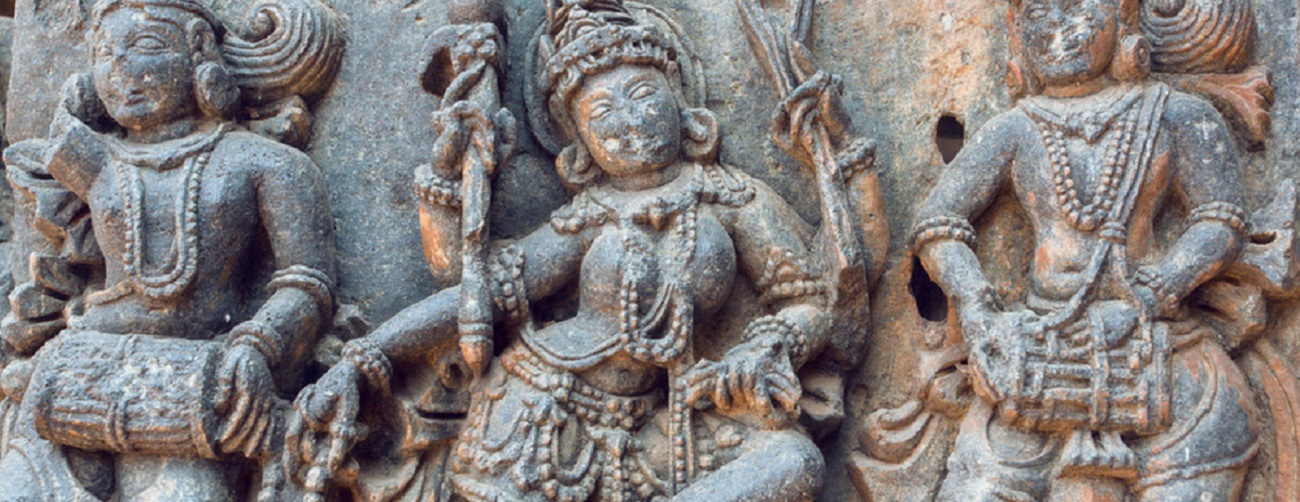Photo: Depiction of Dance in Sculptures; Credit: Incredible India
India is one culturally rich country, where almost every state has its own language, cuisine, and dance forms. When it comes to dance, India has traditional, classical, folk and tribal dance styles and all are simply amazing. Indian Classical Dances – a mirror of the traditional culture in India.
History & Origin of Classical Dances of India
History of Indian dance form traced back to pre Vedic period i.e. Indus Valley Civilization. The earliest evidence of dance in India – the discovery of a bronze figurine of a dancing girl from the Indus Valley Civilization excavations at Mohenjo-Daro and Harappa, which goes back to at least 6000 B.C. It is revealed from the dancing figurine that dance had important place in the social life of the people of those times and they were quite well versed in this art. In traditional Indian culture the function of dance was to give symbolic expression to religious ideas.
Photo: Dancing Girl of MahenjoDaro’; Photo Credit: Harappa.com

The popular image of Shiva in the form of Nataraja (literally the king of dancers) clearly shows the popularity of dance form on the Indian people. The figure of Lord Shiva as Nataraja represents the creation and destruction of the cosmic cycle. Depiction of dance is also found in many ancient cave paintings and sculptures at stupas and temples.
History of Indian classical dance considers the following ancient treatise on the science of performing art
- The Natyashastra, written by the mythic priest Bharata
- Abhinaya-Darpana written by Nandikesvara as its main sources.
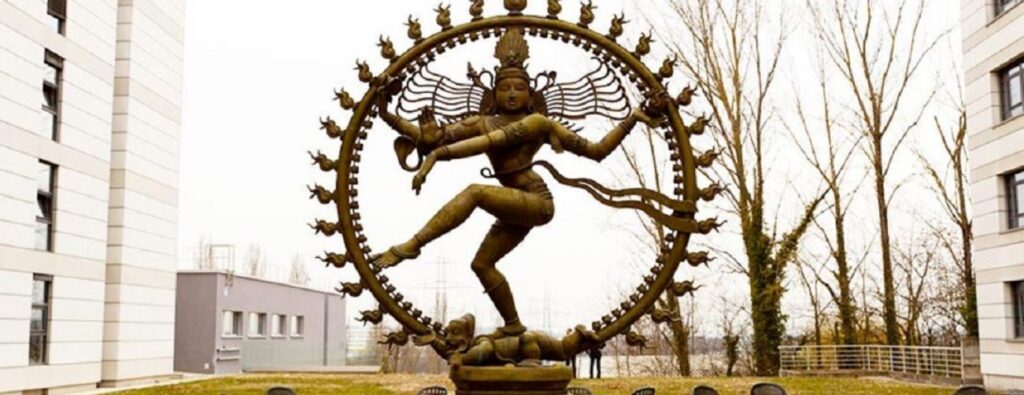
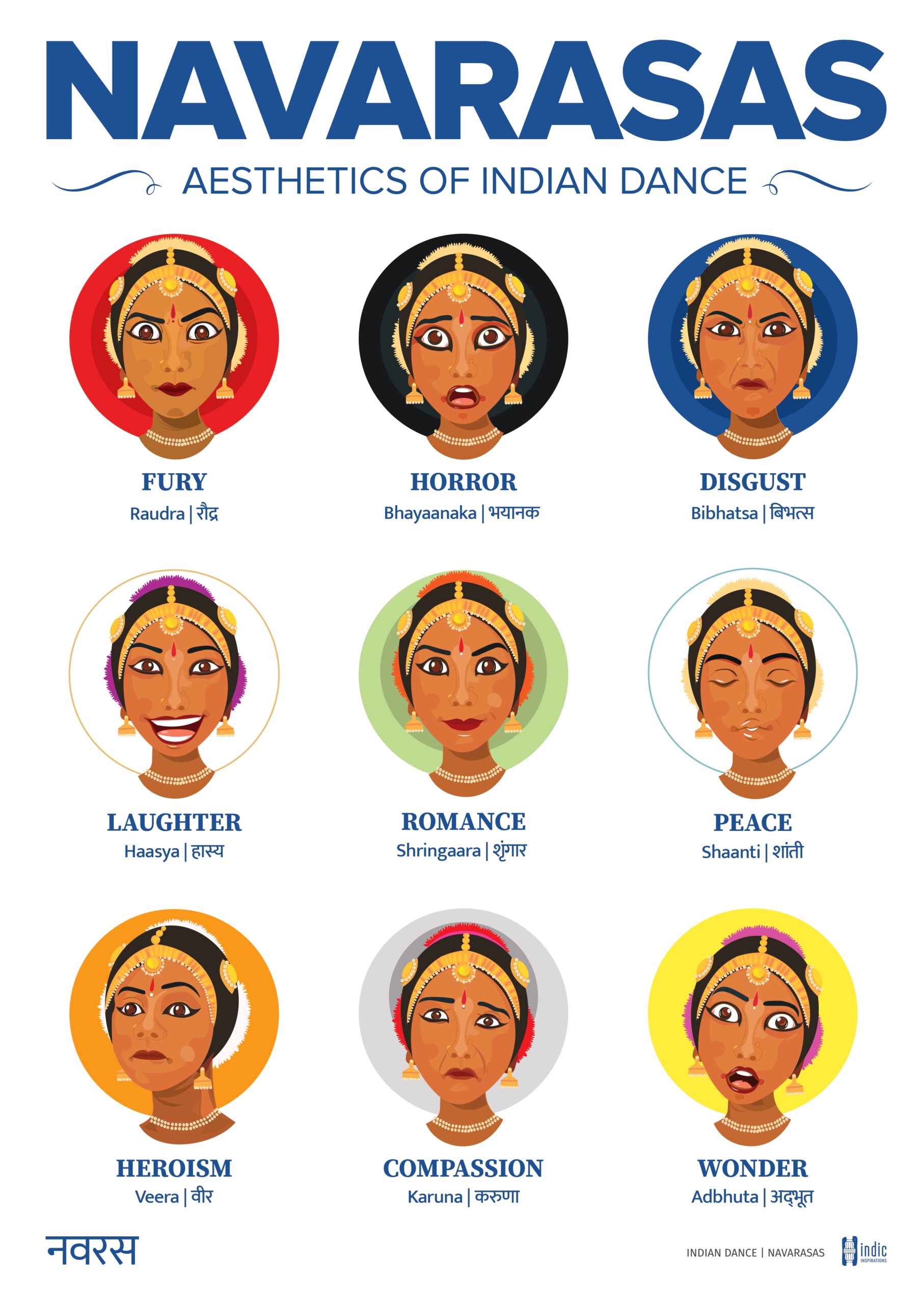
Navarasas – The Nine Rasas
Navarasa is a unique feature in Indian classical dance forms. The classical dance form of Bharatnatyam is characterized by the clear classification of Navarasas and how to emote them with mudras and facial expressions. Nava means “Nine” and Rasa is often translated as “mood”, “emotion“, “expression” or “sentiment”. The Navarasa, in the scriptures refer to the nine expressions that humans often show. According to Indian Classical dance forms there are altogether nine important Rasas mentioned.
Each Rasa describes the emotion/ mood of human life. The nine emotions included in Navarasa are
- Rasa: Raudra Meaning: Fury / Anger
2. Rasa: Bhayaanaka Meaning: Horror
3. Rasa: Bibhatsa Meaning: Disgust
4. Rasa: Haasya Meaning: Laughter & Joy
5. Rasa: Shringaara Meaning: Romance
6. Rasa: Shaanti Meaning: Peace
7. Rasa: Veera Meaning: Heroism / Courage
8. Rasa: Karuna Meaning: Compassion
9. Rasa: Adbhuta Meaning: Wonder/ Surprise
Photo: Navarasas – Aesthetics of Indian Dance Poster; Shop Link: Indic Inspirations
Classical Dances
All the incredible classical dances originated in the country during the ancient times, The Indian classical dances have two basic aspects
- Tandava (movement & rhythm) – it is symbolic to the male aspects of dance.
- Lasya (grace, bhava & rasa) – it is symbolic to the feminine aspects of dance
The three main components of Indian Classical Dances-
- Natya ( the dramatic element of the dance i.e. the imitation of characters)
- Nritta (the dance movements in their basic form)
- Nritya (expressional component i.e. mudras or gestures).
Guru-Shishya parampara forms the core of Indian classical art form.
There are 8 main classical dance styles in India, Each dance form is reflective of the culture and ethos of a region or a group of people.
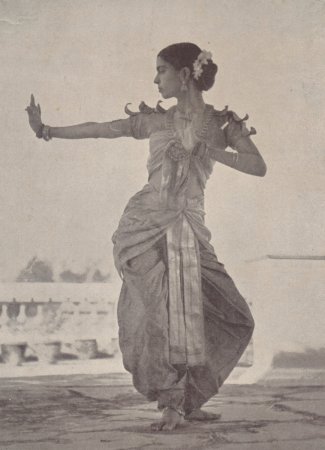
1. Bharatanatyam from Tamil Nadu
Bharatanatyam, is the oldest Indian classical dance form originated in the Tanjore district of Tamil Nadu and regarded as the mother of many other classical dance forms of India. Firstly, it was initiated in the Hindu temples of Tamil Nadu and eventually flourished in South India. Believed to date back to the 4th century BC, the dance form is best associated with the Devadasi culture – an ancient tribe of women who served as courtesans and performers in Tamil Nadu’s great temples. So it started as a temple dance tradition called Dasiyattam (the dance of the maid-servants) 2000 years ago and is perhaps the most advanced and evolved dance form of all the classical Indian dance forms. Bharatanatyam is the dance that encompasses music, rhythm and expressional dance or Abhinaya and strictly adheres to the Natyashastra (the scripture of classical Indian dance).
This dance style is characterized by a linear form of the body without any pronounced movement of the upper body and linear spatial patterns, which make the dance form extremely dynamic and powerful. Check out the dance HERE.
Photo: Rukmini Devi Arundale, Bharatanatyam Dancer. Credit: Narthaki
2. Odissi from Orissa
Odissi is one of the pre-eminent classical dance forms of India which originated in the Hindu temples of the eastern coastal state of Odisha in India. Sensuous and lyrical, Odisha is a dance of love and passion touching on the divine and the human. For centuries maharis were the chief repositories of this dance. The maharis, who were originally temple dancers came to be employed in royal courts which resulted in the degeneration of the art form.
Odissi is a highly stylised dance and to some extent is based on the classical Natya Shastra and the Abhinaya Darpana. Facial expressions, hand gestures and body movements are used to suggest a certain feeling, an emotion or one of the nine rasas. In each performance, even a modern Odissi dancer still reaffirms the faith of the devadasis ormaharis where they sought liberation or moksha through the medium of dance. Check out the dance HERE.
Photo: Guru Kelucharan Mohapatra, Odissi Dancer. Credit: Srijan
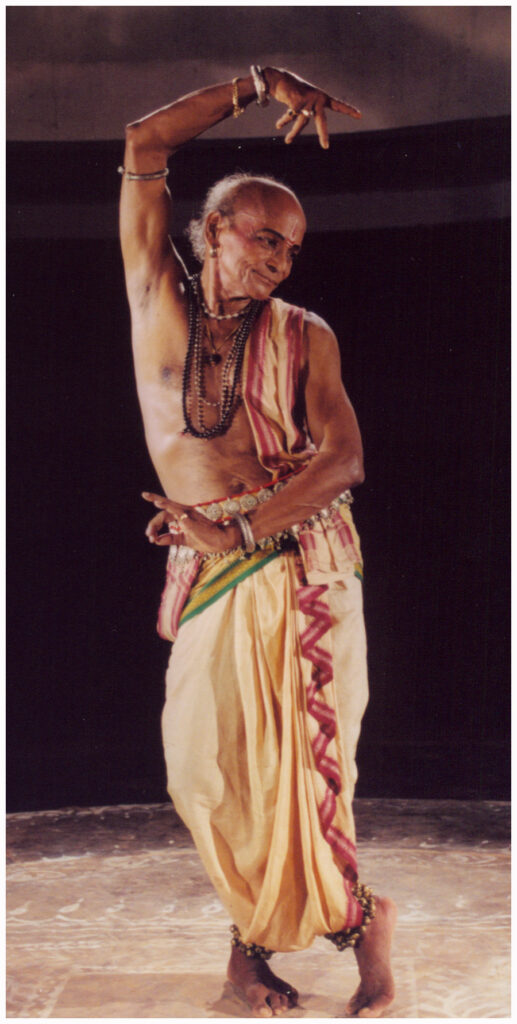
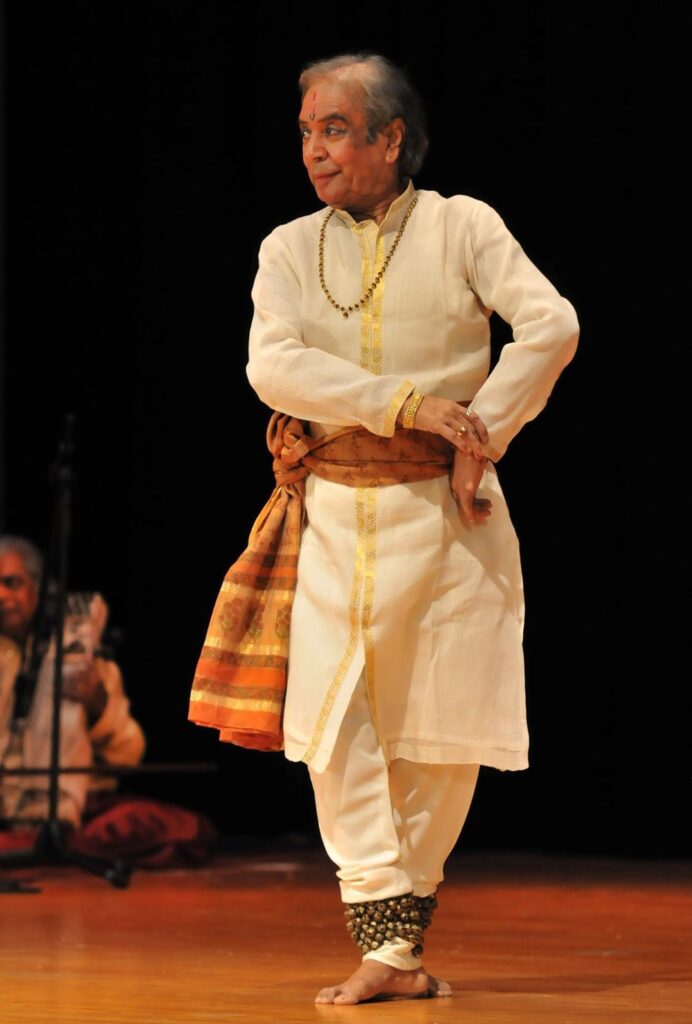
3. Kathak from Uttar Pradesh and Rajasthan
Kathak is the principal classical dance of north India. The word Kathak has been derived from the word Katha which means a story. Kathakars or story-tellers, are people who narrate stories largely based on episodes from the epics, myths and legends. It probably started as an oral tradition. Mime and gestures were perhaps added later on to make the recitation more effective. Kathak dancers traditionally related stories and moral tales of gods and goddesses and characters from the “Ramayana” and “Mahabharata”.
Being the only classical dance of India having links with Muslim culture, it represents a unique synthesis of Hindu and Muslim genius in art. Further, Kathak is the only form of classical dance wedded to Hindustani or the North Indian music. Check out the dance HERE.
Photo: Pandit Birju Maharaj, Kathak Dancer. Credit: New York Kathak Festival
4. Manipuri from Manipur
Manipuri dance originated in the picturesque and secluded state of Manipur in the north-eastern corner of India. The origin of Manipuri dance can be traced back to ancient times that go beyond recorded history. The dance in Manipur is associated with rituals and traditional festivals, there are legendary references to the dances of Shiva and Parvati and other gods and goddesses who created the universe.
Manipuri dance incorporates both the tandava and lasya and ranges from the most vigorous masculine to the subdued and graceful feminine. Generally known for its lyrical and graceful movements, Manipuri dance has an elusive quality. In keeping with the subtleness of the style, Manipuri abhinaya does not play up the mukhabhinaya very much – the facial expressions are natural and not exaggerated. Check out the dance HERE.
Photo: Guru Bipin Singh – Manipurii Dancer. Credit: The Indian Panorama

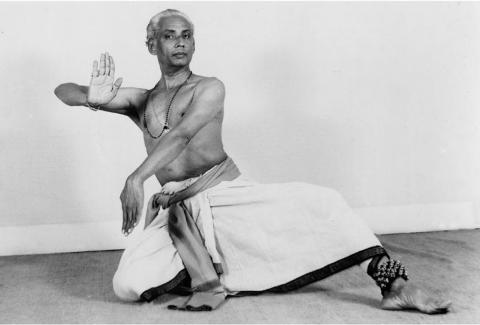
5. Kuchipudi from Andhra Pradesh
Kuchipudi originated from the place named ‘Kuchipudi’ in Krishna district of Andhra Pradesh around 3rd century BCE, Kuchipudi Dance form is a long-established dance-drama style. Kuchipudi is a combination of Tandava and Lasya elements. that means a harmonious Combination of Masculine & Feminine Elements.
Tirtha Narayana Yati and his disciple Siddhendra Yogi organized and founded the modern version of Kuchipudi which we see today. Kuchipudi gradually developed as a solo dance form and today we can see both male and female performing it. Kuchipudi are themes related to Vaishnavism, Lord Krishna, Rukmini, Satyabhama and other myths. Check out the dance HERE.
Photo: Guru Vempati Chinna Satyam- Kuchipudi Dancer; Credit: The News Minute.
6. Kathakali from Kerala
Kathakali first began in the 17th century in the state of Kerala, India as a way of portraying the stories of the Hindu gods and goddesses. Kathakali has evolved from many social and religious theatrical forms which existed in the southern region in ancient times. Kathakali is a blend of dance, music and acting and dramatizes stories, which are mostly adapted from the Indian epics. It is a stylised art form, the four aspects of abhinaya – angika, aharya,vachika, satvika and the nritta, nritya and natya aspects are combined perfectly. The dancer expresses himself through codified hastamudras and facial expressions, closely following the verses (padams) that are sung. Check out the dance HERE.
Photo: Sadanam Krishnankutty Kathakali Dancer. Credit: The Hindu
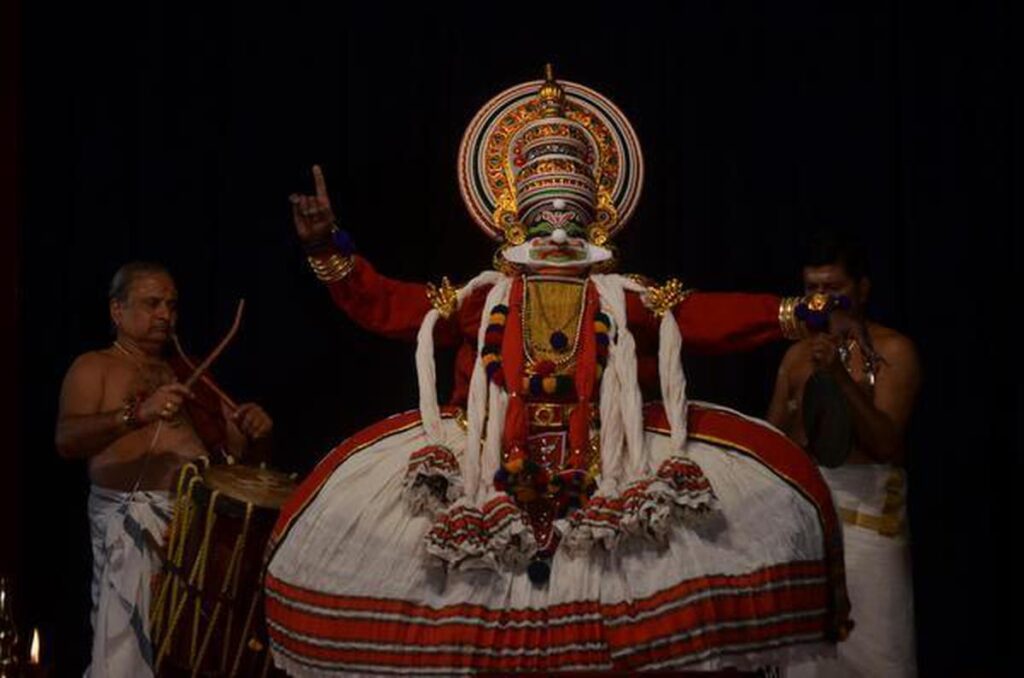

7. Mohiniyattam from the borders of Tamil Nadu and Kerala
Mohiniyattam originated in the state of Kerala. The dance is performed by women in honor of the Hindu god Vishnu in his incarnation as the enchantress Mohini. Mohiniattam is exclusively danced by women. Mohiniyattam is characterized by graceful, swaying body movements with no abrupt jerks or sudden leaps. It is the classical solo dance form and belongs to the Lasya style which is feminine, tender and graceful.
Some scholars trace Mohiniattam to the second or third century A.D. (to the era of the great Tamil epic, Silappadikaaram), whereas others maintain that it was created in the middle of the eighteenth century in the court of Maharaja Svati Tirunal of Travancore. Check out the dance HERE.
Photo: Mohiniyattam exponent Neena Prasad ,Photo Credit: SPECIAL ARRANGEMENT.
8. Sattriya from Assam
Sattriya dance, a 500-year-old dance form, is an artistic way of presenting mythological teachings to the people in an enjoyable and accessible manner with the aim of a unified, classless society. This dance-drama performance of art has its origins in the Krishna-centered Vaishnavism and attributed to the 15th century Bhakti movement scholar, social reformer and saint, Srimanta Sankardev.
The basic stance of the dance called Purush Pak for males and Prakriti Pak for females sets Sattriya apart from other dance forms. This dance incorporates various elements from local traditions and other folk dances of the region. Sattriya is regulated by a set of strictly constituted principles with regards to the hasta mudras (hand gestures), aharyas, footwork, music and so on. The percussion used in Sattriya is called a Khol. Check out the dance HERE.
Photo: Ramkrishna Talukdar Sattriya Dancer. Credit: Wikipedia
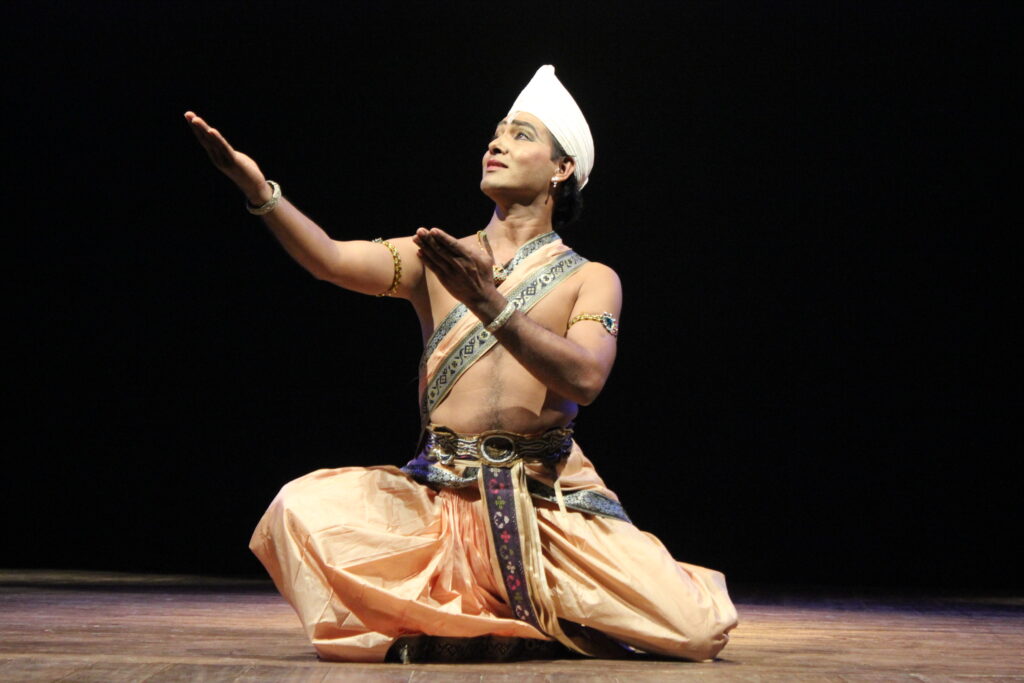
Dance Souvenirs
We have the gift ideas to suit every dance lover’s groove. Our Indian Dance collection consists of products which represent different aspects of Indian classical dance. & narrate the fascinating story of India’s dance heritage.
- Indian classical dancer figurines,
- Dance trophy/awards,
- Medallions,
- Dance souvenirs like mugs,
- posters,
- prints
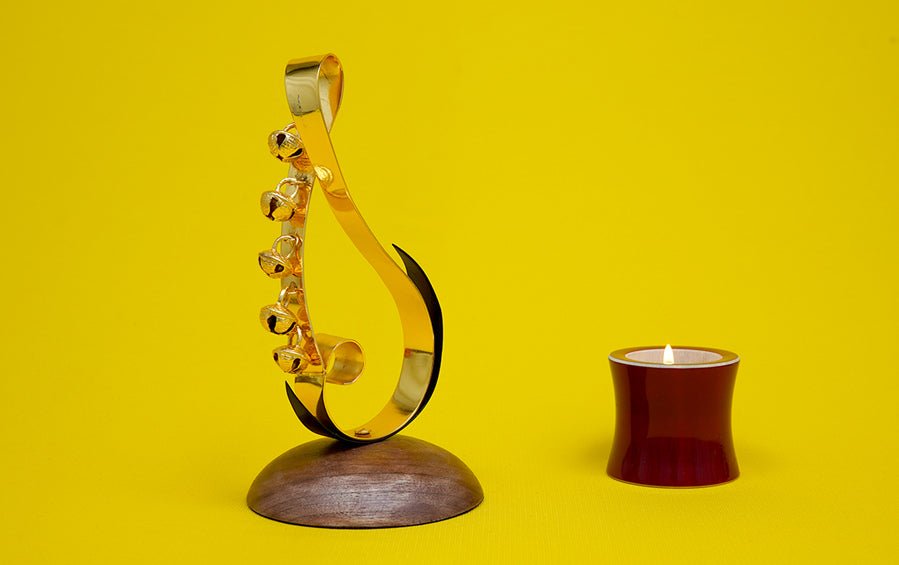
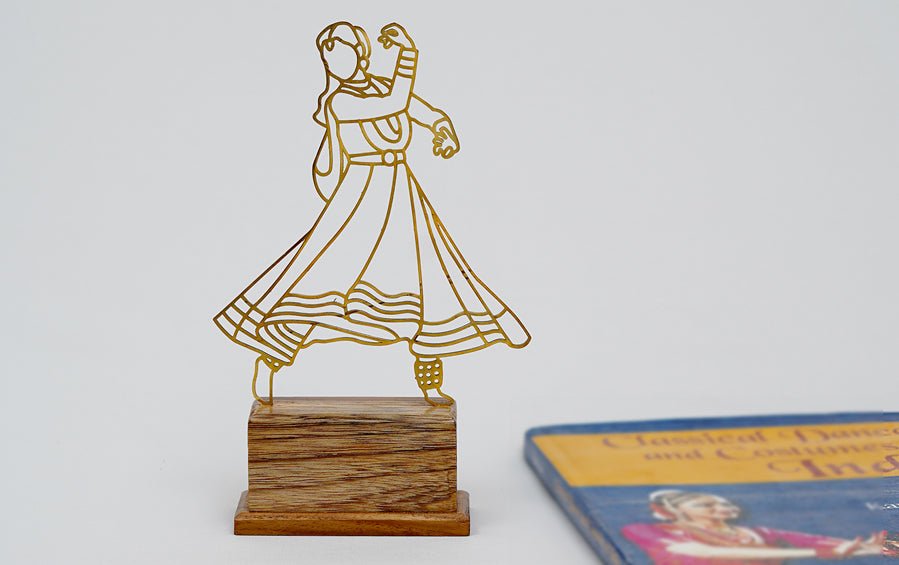
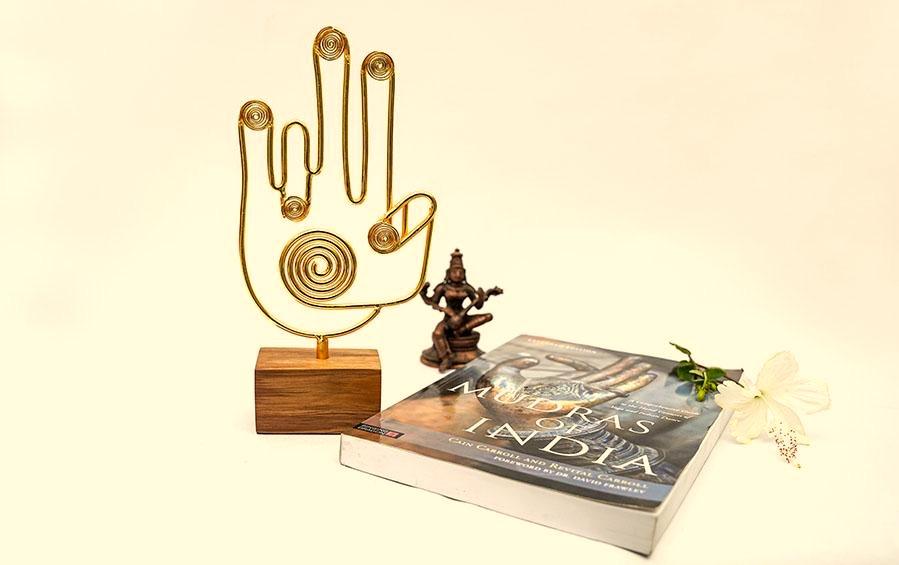
Source:
- Dances of India, Centre for Cultural Resources and Training (CCRT). Retrieved from http://ccrtindia.gov.in/classical-dances/
- Classical Dance Forms in India, Insights Active Learning. Retrieved from https://www.insightsonindia.com/indian-heritage-culture/indian-dance/classical-dance-forms-in-india/


